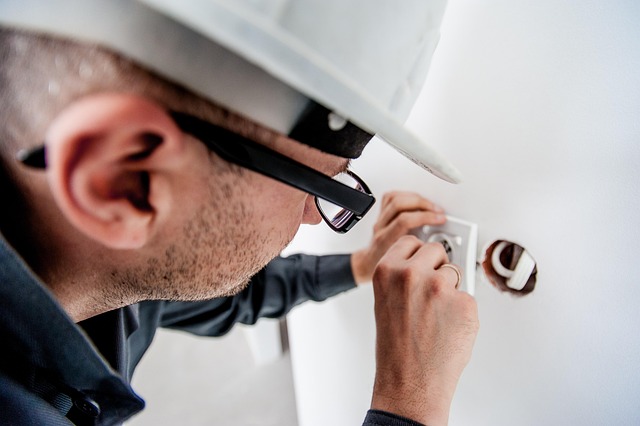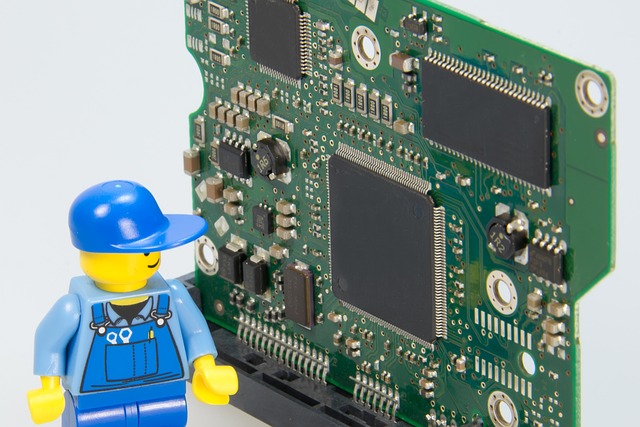TL;DR: When assessing electrical switches, receptacles, and outlets, look for signs of damage like burning, melting, or discoloration, loose connections, and warm parts. Use a voltage tester before repairs. Minor issues may be repaired, while severe damage like cracked casings or burnt wiring require replacement. Regular inspections by qualified electricians are crucial to prevent electrical fires and shocks caused by neglected maintenance.
“Looking to upgrade your home’s electrical safety? This comprehensive guide is tailored for those tackling repairs or replacements of switches, receptacles, and outlets. Learn how to identify common issues that an electrician often encounters, understand when to repair or replace, and acquire the necessary tools for the job. By following our step-by-step approach, you’ll gain the confidence to safely navigate these tasks, ensuring proper wiring and functionality.”
- Assessing Damage and Determining Repairs
- – Identifying common issues with switches, receptacles, and outlets
Assessing Damage and Determining Repairs

When assessing damage to electrical switches, receptacles, and outlets, it’s crucial to have a keen eye for detail. Start by inspecting each component visually. Look for signs of burning, melting, or any unusual discoloration. Check for loose connections or parts that feel warm to the touch, as these could indicate overloading or arcing. The electrician should also use a voltage tester to ensure no power is flowing through damaged components, making repairs safer and more effective.
Determining the extent of damage will guide whether to repair or replace. Minor issues like a loose outlet or a flickering switch might be candidates for simple repairs. However, severe damage such as cracked casings, burnt wiring, or evidence of fire hazards typically requires complete replacement. An electrician’s expertise is vital in making these decisions, ensuring safety and compliance with electrical codes.
– Identifying common issues with switches, receptacles, and outlets

Many homeowners often overlook the importance of regular maintenance when it comes to electrical switches, receptacles, and outlets. However, identifying common issues early on is crucial for preventing more significant problems and ensuring safety. Some of the most frequent concerns include faulty switches that flick but don’t stay on, loose or damaged outlets that spark or emit a burning smell, and receptacles that feel warm to the touch or exhibit arcing (a glowing or sparking discharge). These issues can be caused by various factors such as aging components, improper installation, exposure to moisture, or excessive electrical load.
Regular inspections by a qualified electrician can help catch these problems before they escalate. An electrician will look for signs of wear and tear, check connections for tightness, assess the condition of insulation, and verify that all devices are properly grounded. By addressing these issues promptly, homeowners can maintain a safe living environment and avoid the risk of electrical fires or shocks.
When it comes to electrical repairs, especially involving switches, receptacles, and outlets, the expertise of a qualified electrician is invaluable. By understanding common issues and knowing how to assess damage, homeowners can take the first step towards ensuring their safety and maintaining a well-functioning electrical system. Whether it’s a simple switch replacement or a more complex outlet repair, timely intervention by a professional electrician can prevent potential hazards and keep your home’s electrical landscape in harmony.
